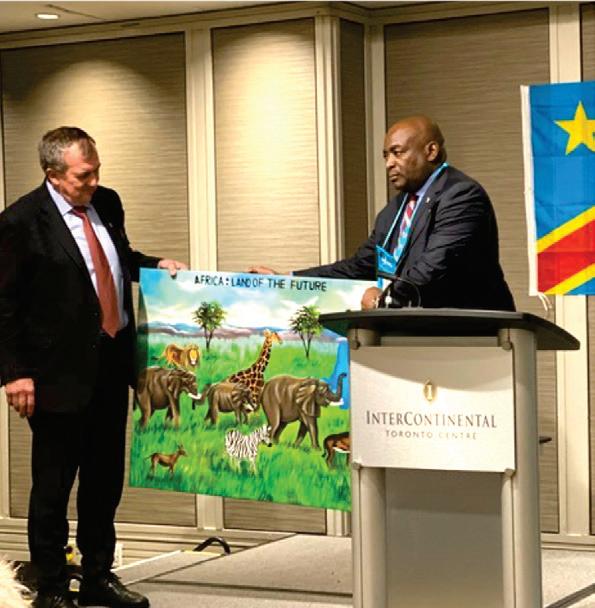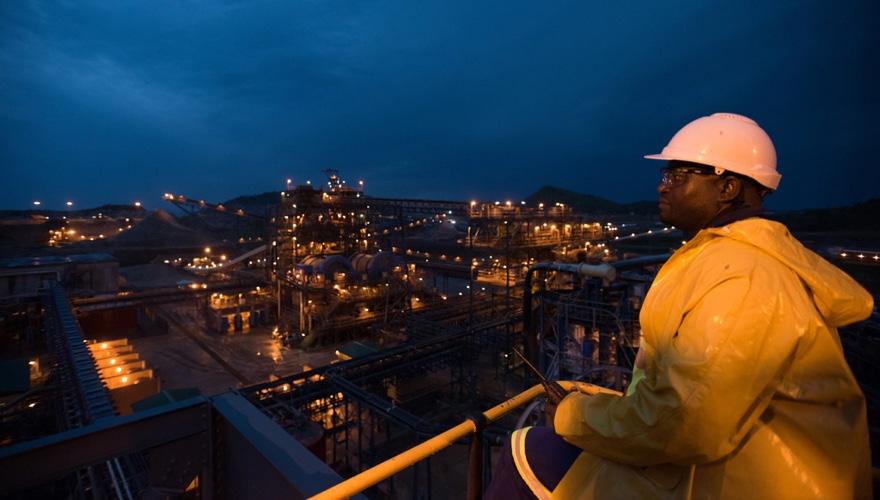
1 minute read
GOLD MINE GOLD MINE
with the DRC JOSEPH PHILIPS
The Kibali goldmine in the HautUélé province of the northeast Democratic Republic of Congo is no ordinary mine. With 812,152 ounces produced in 2021, the combined open pit and underground gold mine is officially the sixth biggest in the world. Now into its
Advertisement
13th year, the gold mine is still considered to have an enormous upside: In addition to an exploration prospect pipeline that continues to expand, its business plan seems set to continue for at least another 10 years. Business Excellence decided to take a closer look.
No Ordinary Mine
Situated adjacent to the town of Doko and 210 kilometres from Arua near the DRC’s border with Uganda, Kibali is co-owned by AngloGold Ashanti (45%), Barrick Gold Corporation (45%), and Société Minière de Kilo-Moto (SOKIMO) (10%), a state-owned gold mining company. To date, Barrick Gold estimates that the mine has been directly responsible for in-country investment in excess of $4.2 billion. And with policy that encourages local participation at levels as well as its continuous investment in region that figure should more than double in the next 10 years.


This extension of the mine’s life begins with the addition of the 11,000 Lode to the underground operations. The discovery of this Lode at the beginning of 2022, is located above the base of the existing shaft infrastructure. Now almost a year into its life, it continues to deliver positive results, unlocking additional value for the main, and remains open down plunge. It is indicative of the success of the ongoing exploration work being conducted by the mine’s owners.
This ongoing exploration work is happening across several fronts. Drilling is currently underway at the Mengu Hill, Agbarabo, Rhino, Zambula, and Makoro targets, all of which are showing potential as additional underground and open pit satellites. However, it would be amiss to only report on the size and scale of the Kibali mine. Equally as important, are the industry-setting standards being set by the operations.
Operational Excellence
The considerable energy required to power Kibali is sourced from its three state-ofthe-art hydropower stations, supported by new backup battery technology. This is one of the contributing factors to the mine’s 14001 environmental accreditations, another of which is its development of a new pump system, which was installed with the specifi c aim of reducing the mine’s freshwater consumption.










